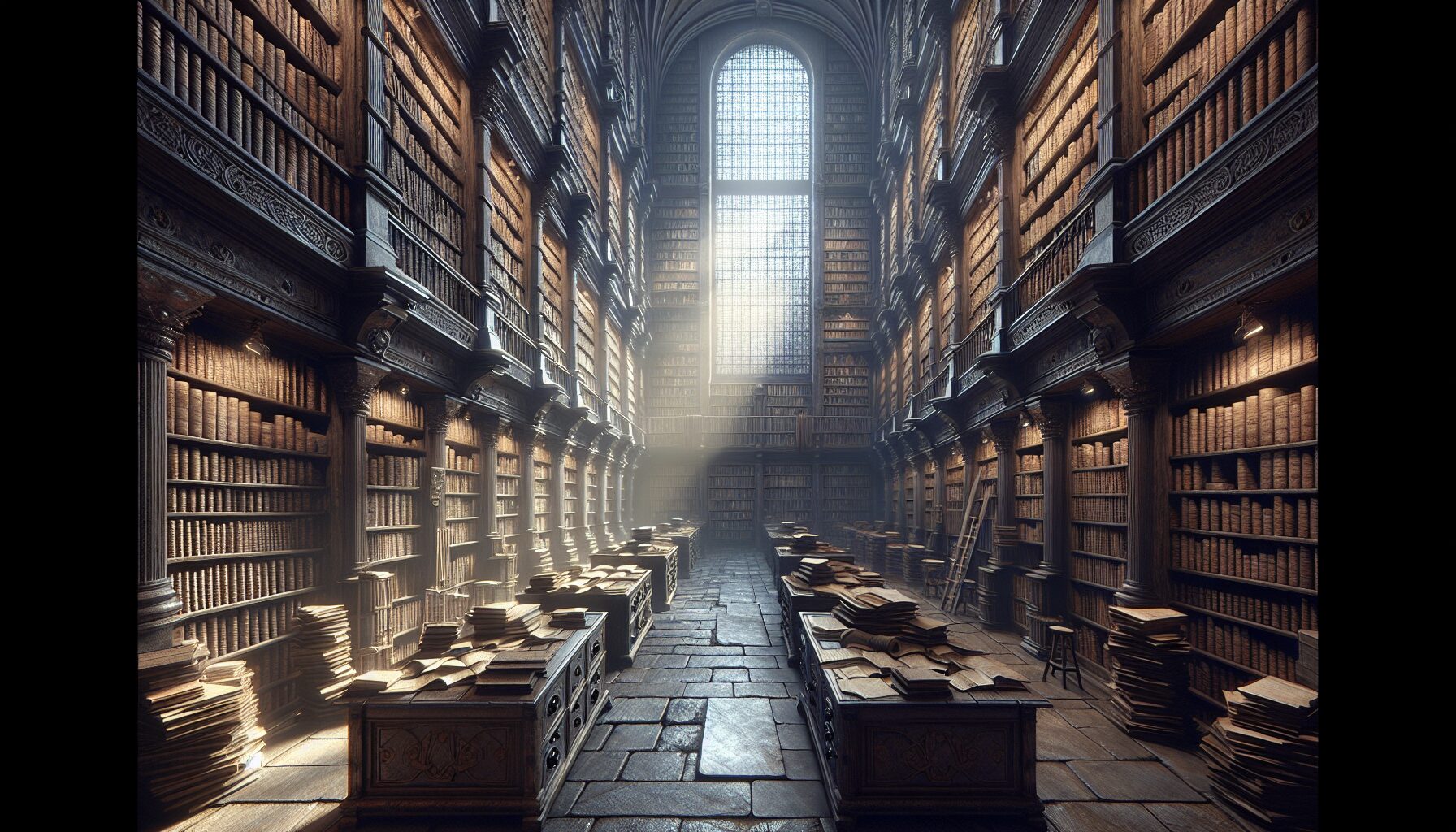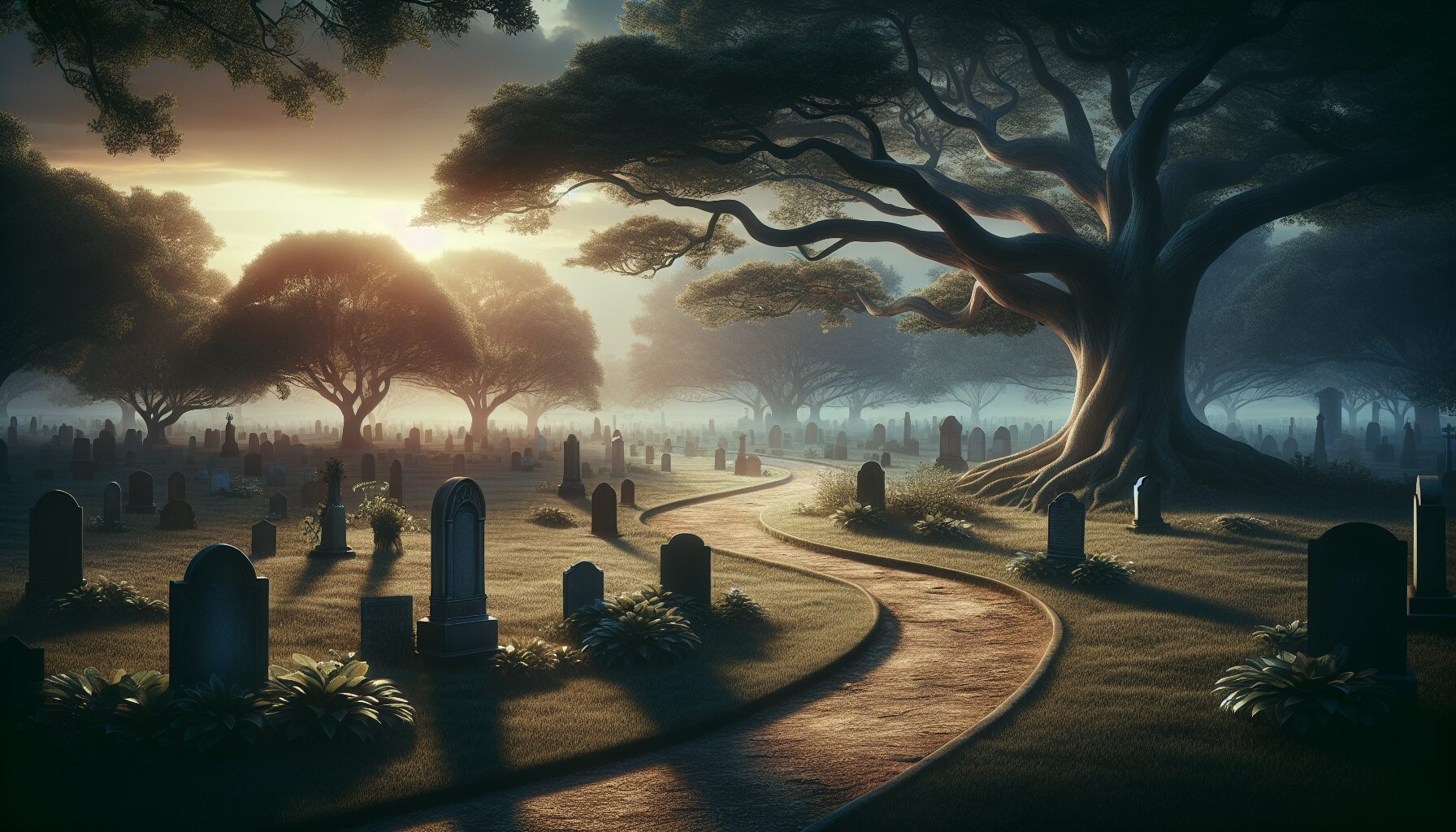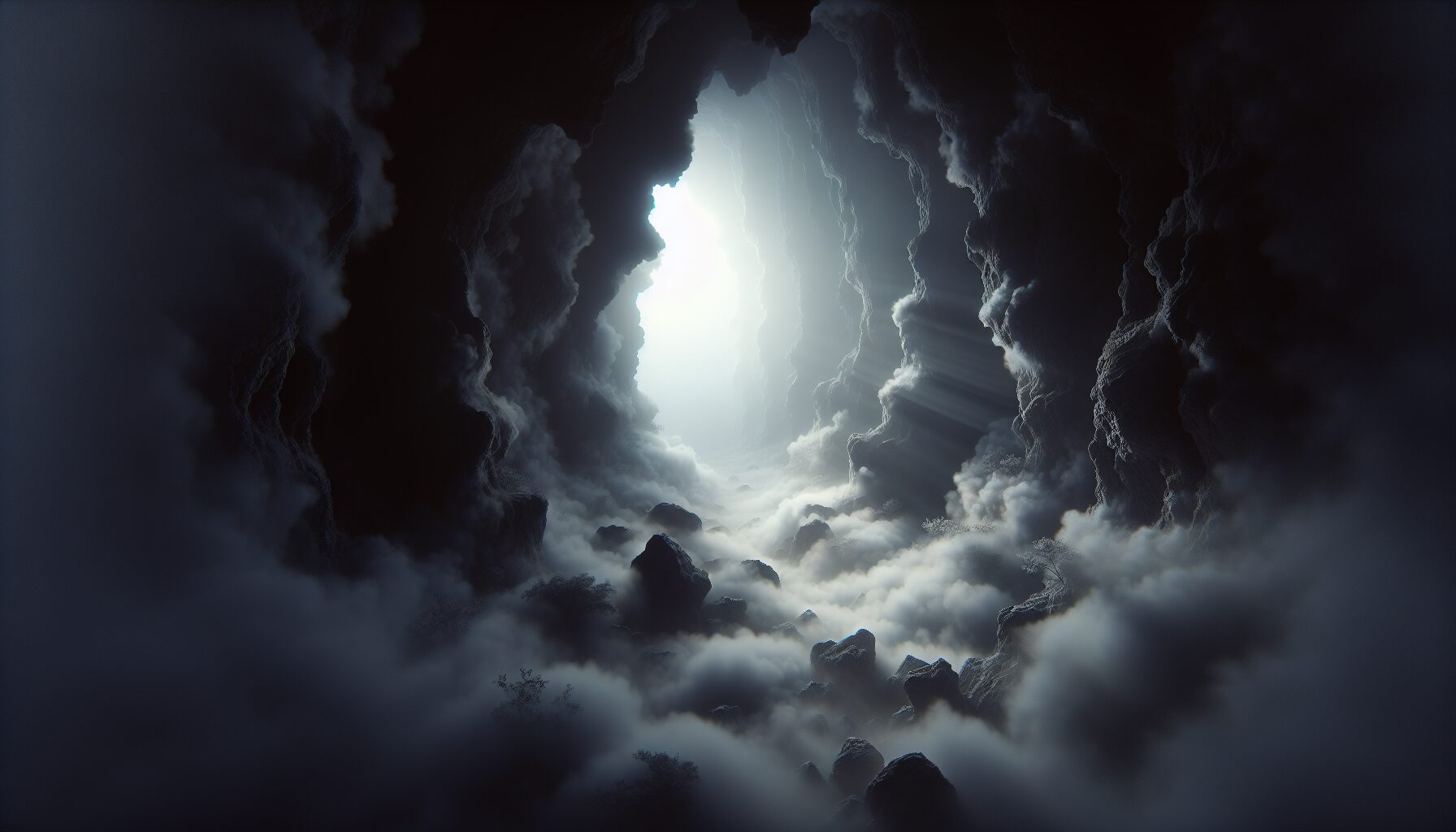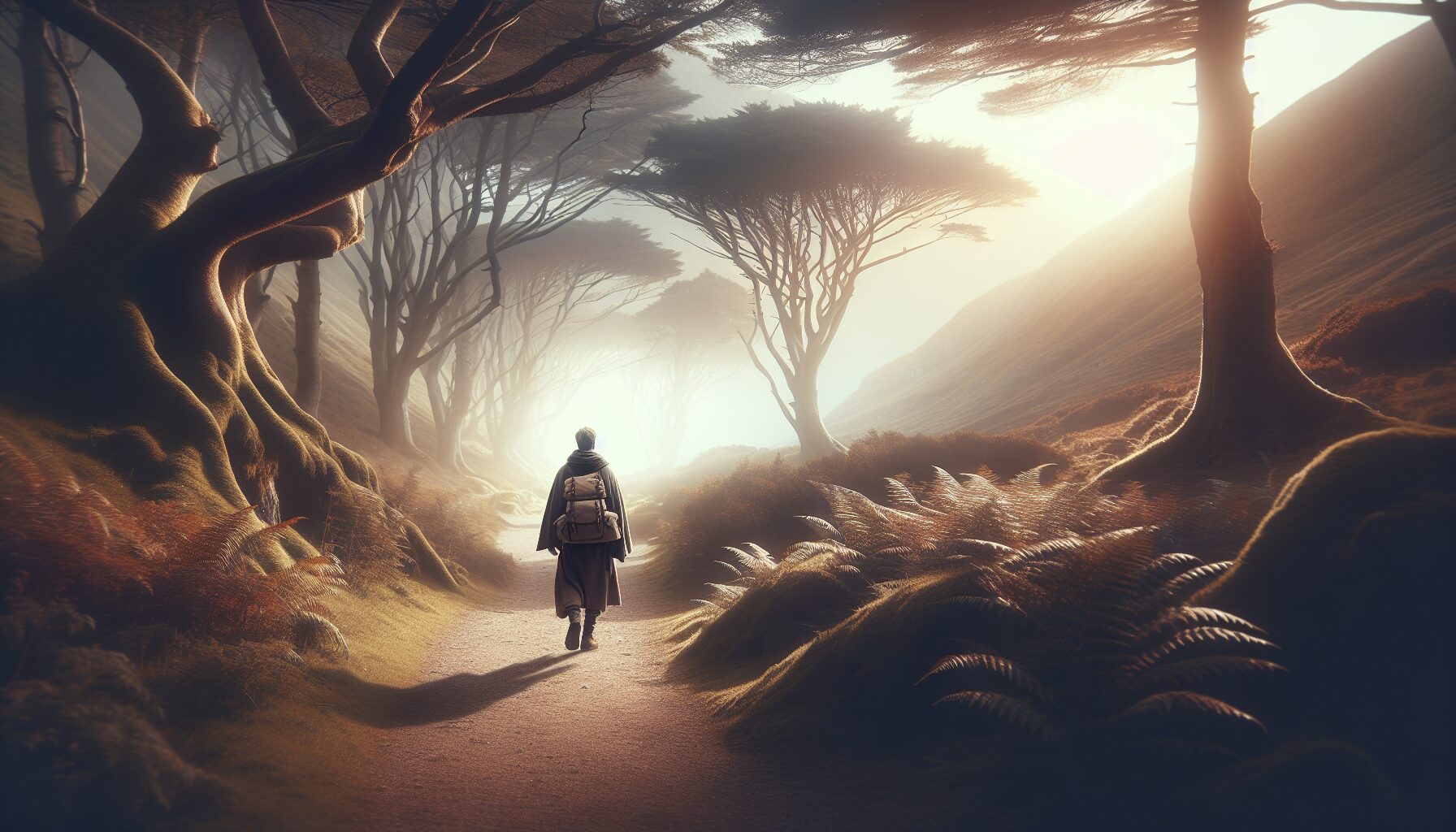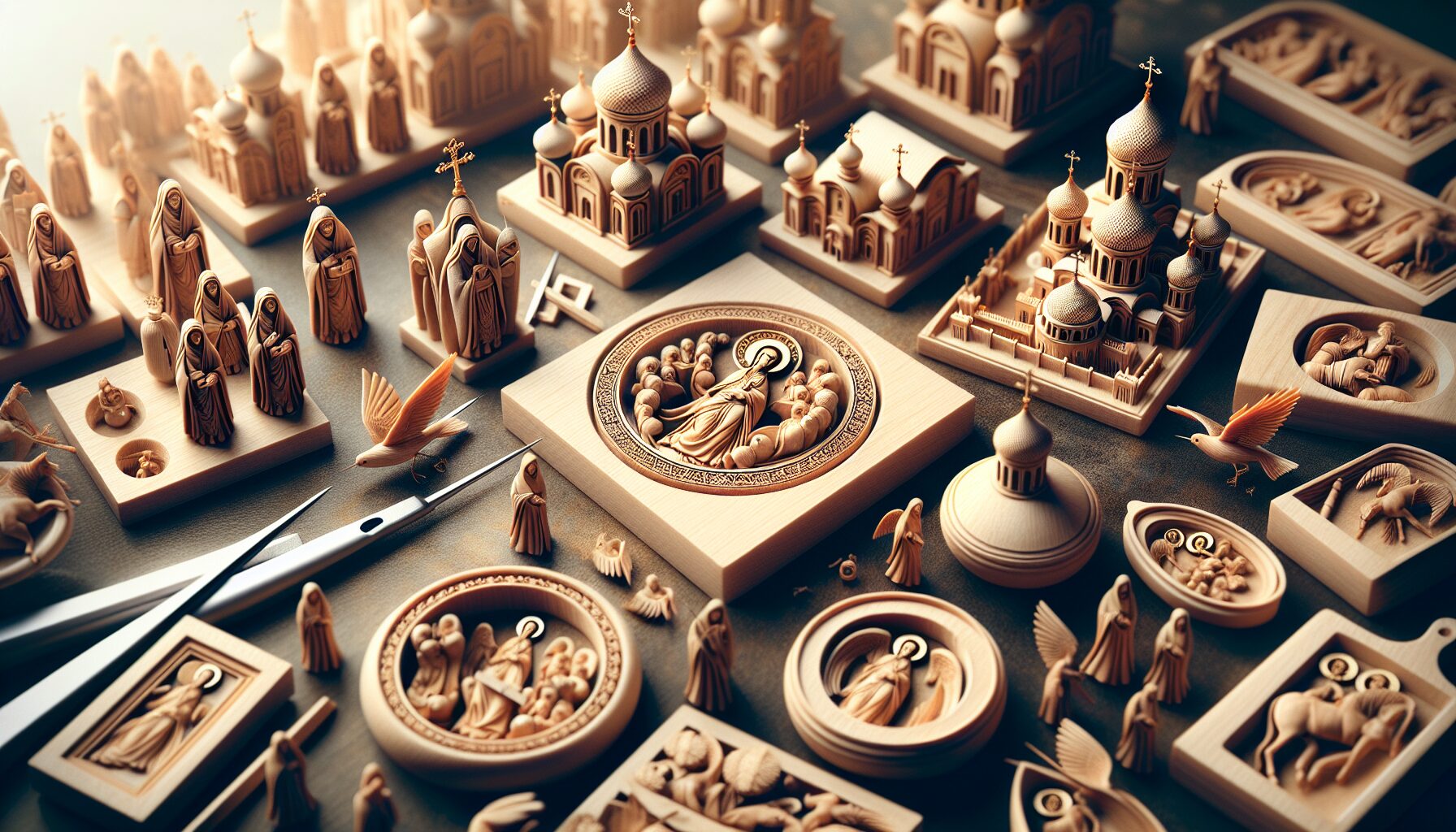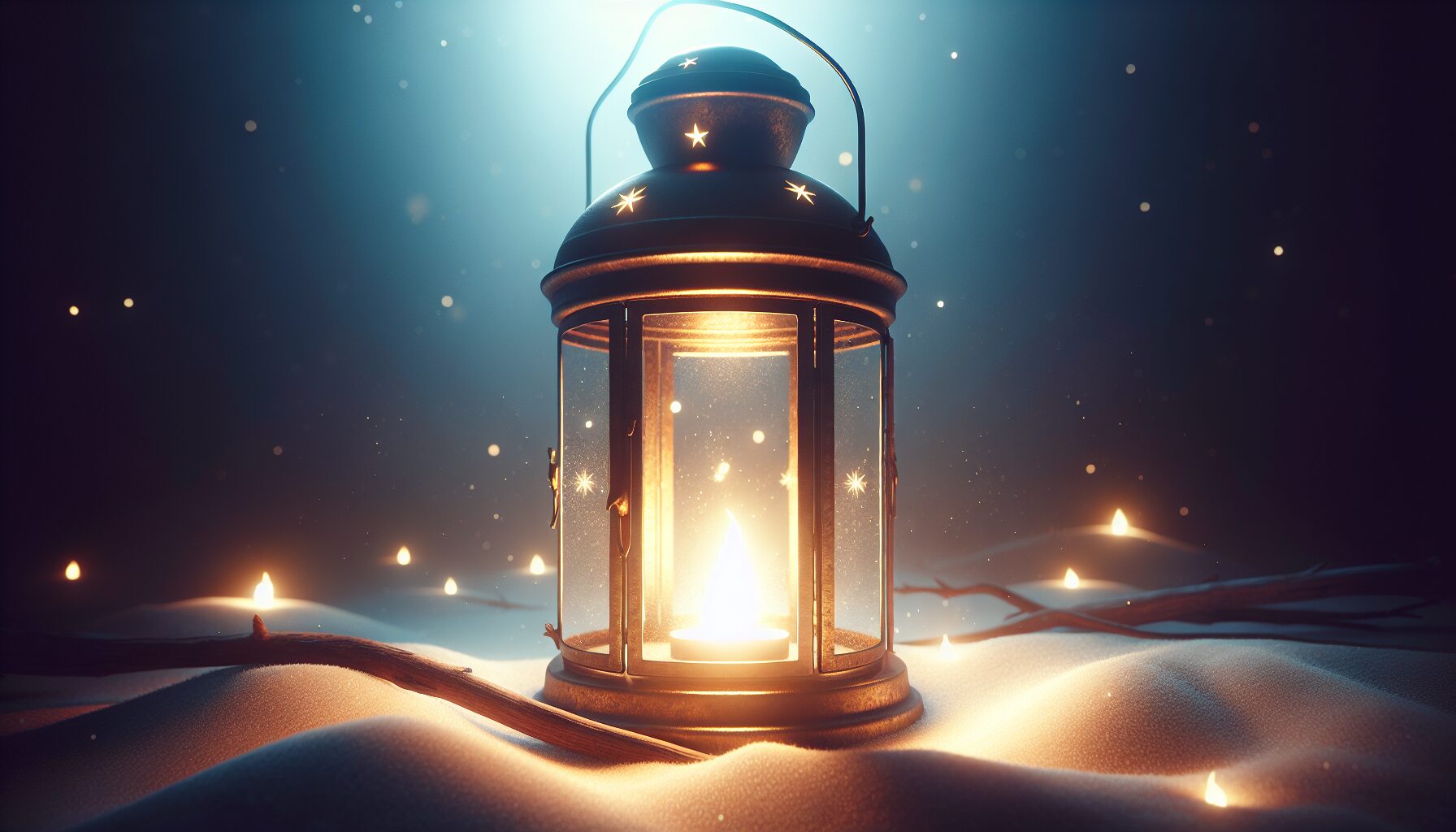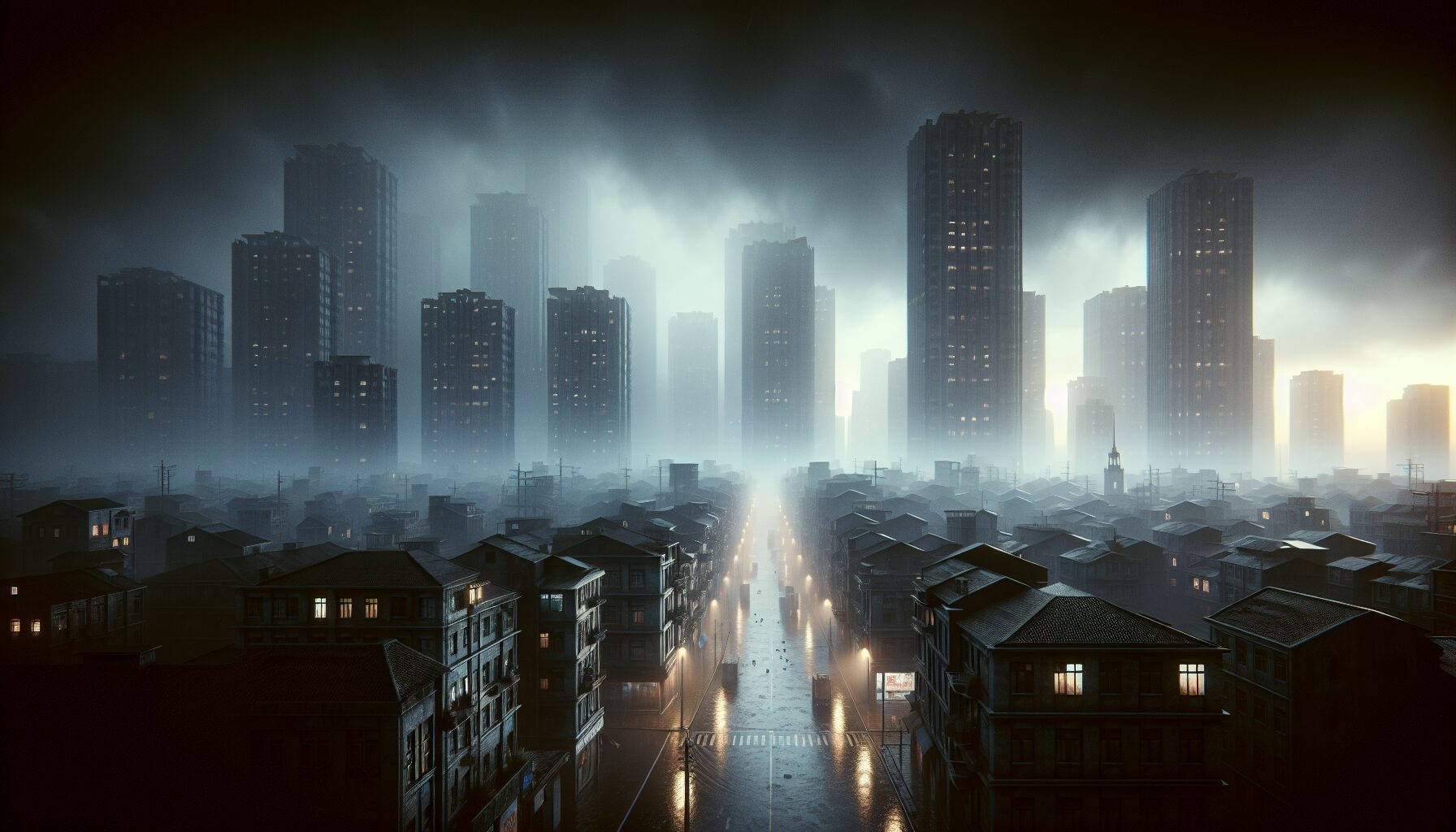Imagine a place where the ephemeral nature of dreams is preserved, where the whispers of forgotten thoughts linger, waiting to be uncovered. This realm is not a mere figment of the imagination but is conceptually known as the “Archive of Forgotten Dreams.” In this article, we will delve into the fascinating world of dreams, exploring their significance, the mysterious archive that keeps them alive, and what they reveal about our subconscious mind.
The Significance of Dreams
Dreams have long captivated the human mind. Across cultures and centuries, dreams have been regarded as messages from the divine, portals to other worlds, or simply the brain’s way of processing information. Sigmund Freud, often dubbed the father of psychoanalysis, famously suggested, “Dreams are the royal road to the unconscious.” (source)
Modern science seeks to unlock the mysteries of dreams, understanding them as a manifestation of our deepest fears, desires, and memories. Studies have shown that dreams play a critical role in emotional regulation, memory consolidation, and problem-solving.
Introducing the Archive of Forgotten Dreams
In a world where technology constantly evolves, the idea of capturing and archiving dreams seems less fantastical and more like an impending reality. Imagine a digital archive where dreams are recorded, analyzed, and stored—a library not of books, but of human fantasies, nightmares, and desires. The Archive of Forgotten Dreams concept embraces this notion, aiming to compile the dreams that individuals often forget upon waking.
Theoretical Framework
- Dream Recording Technology: Emerging technologies like fMRI and EEG provide glimpses into brain activity during sleep. These advancements fuel speculation about future devices that could record and play back dreams.
- Psychological Insights: By archiving forgotten dreams, researchers could potentially gather data to explore recurring themes, symbols, and emotional patterns within the human psyche.
- Artistic Inspiration: The dream archive could serve as a fountain of inspiration for artists, writers, and creators, offering a repository of vivid images and narratives beyond conscious imagination.
The Mechanics of Dream Forgetting
Despite their vivid nature, the majority of dreams are forgotten within moments of waking. This phenomenon can be attributed to several factors:
- Lack of Attention: Dream recall requires attention and focus, which is often lacking as one transitions from sleep to wakefulness.
- Brain Functionality: The hippocampus, responsible for memory formation, is less active during REM sleep—when dreaming most vividly occurs.
- Biological Prioritization: The brain prioritizes creating new memories after waking, and often dreams take a back seat.
Exploring the Dream Archive: Case Studies and Insights
To illustrate the potential findings from the Archive of Forgotten Dreams, imagine hypothetical scenarios wherein individuals’ forgotten dreams unveil subconscious intricacies:
Case Study: Recurring Symbols
One subject experiences recurring dreams of doors—some open, some locked. Dream analysis reveals that doors symbolize opportunity and the subject’s challenges in decision-making.
Such consistent imagery not only aids personal introspection but also enhances understanding of human symbolism universally.
Insight: Collective Dream Patterns
By examining dreams across demographics, cultural trends may surface. For example, during a global pandemic, archived dreams might reveal an increase in themes related to isolation or anxiety, reflecting widespread societal emotions.
Cultural Perspectives on Dream Archives
In many indigenous cultures, dreams hold sacred meanings and are passed down through oral traditions. The Archive of Forgotten Dreams can bridge these ancient practices with modern technology:
- Preservation of Traditions: Archiving dreams allows for the preservation and cross-referencing of cultural symbols and stories.
- Exchange of Knowledge: Sharing dream archives with diverse cultures can foster an exchange of knowledge that highlights both unique and shared human experiences.
Challenges and Ethical Considerations
While the concept of an Archive of Forgotten Dreams tantalizes with possibilities, it also raises significant ethical questions:
- Privacy Concerns: Dreams are intensely personal; archiving them raises issues regarding consent and privacy.
- Interpretation Risks: Misinterpretation of dreams can lead to inaccurate conclusions and psychological distress.
- Data Security: Maintaining the confidentiality and security of archived dream data is crucial.
The Future of Dream Archives
As technology advances, the dream of creating a tangible Archive of Forgotten Dreams edges closer to reality. While still theoretical, such an archive promises to deepen our understanding of human consciousness, creativity, and cultural diversity.
In conclusion, the Archive of Forgotten Dreams stands as a symbol of our unending quest to understand the mind. It beckons us to consider the unfathomable potential that lies within the realm of dreams, reminding us that what we forget is often just as vital as what we remember.
Further Reading:
